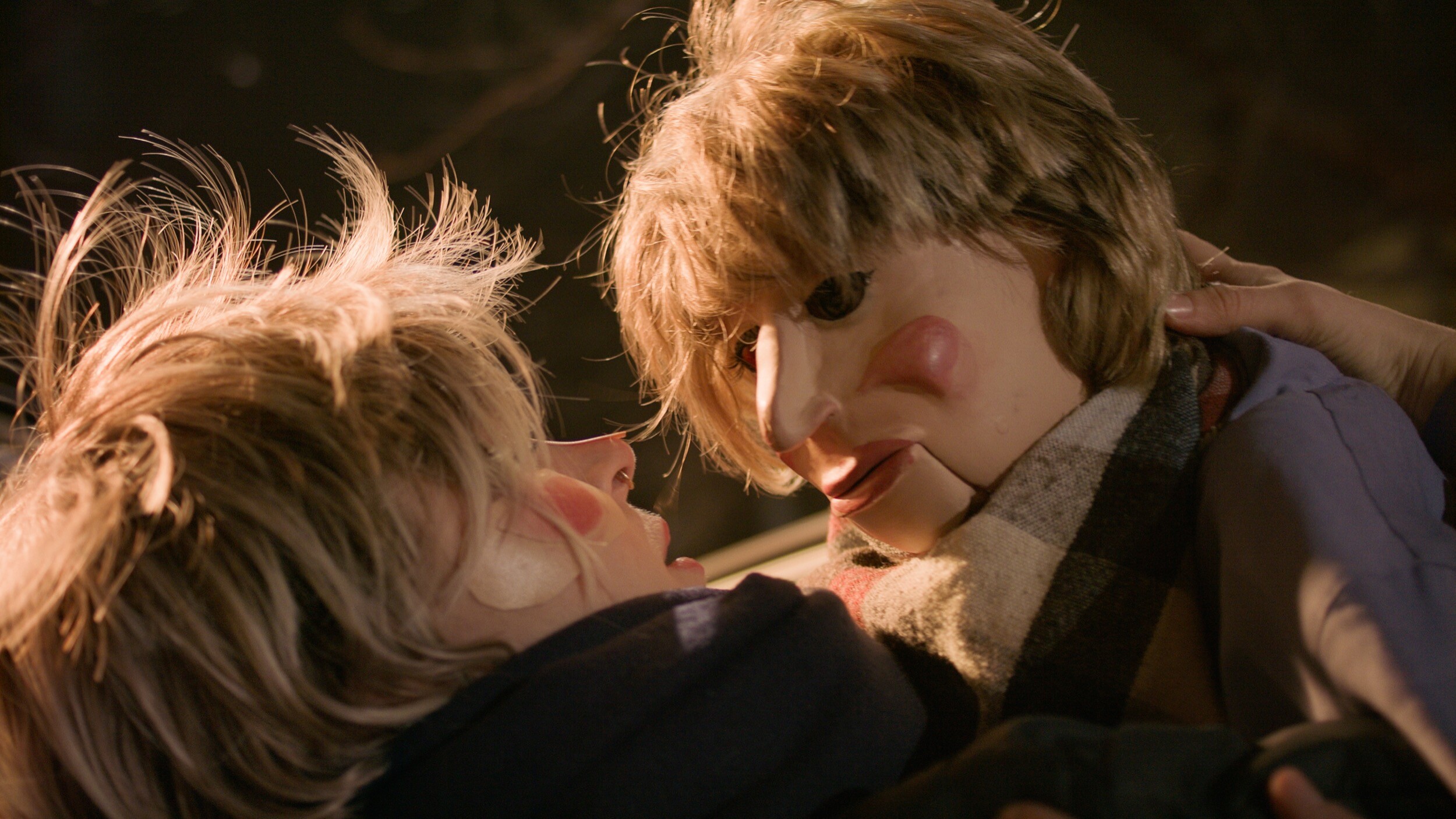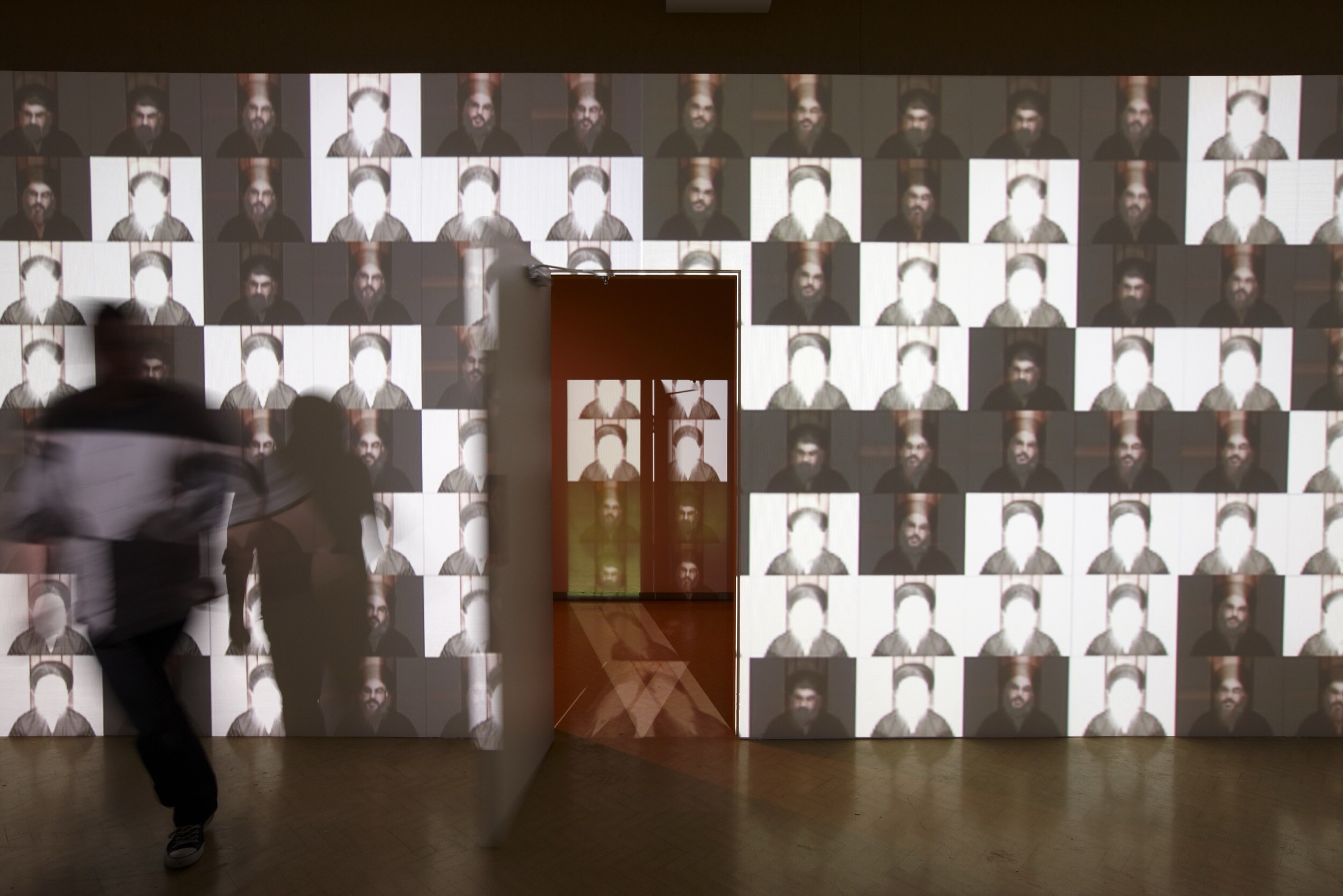Risk Factor: Khaled Sabsabi and Monash University’s Crisis of Courage
Monash University’s indefinite postponement this week of an exhibition featuring Khaled Sabsabi signals a deepening crisis in Australia’s cultural institutions. In the wake of Creative Australia’s Venice Biennale reversal, we are witnessing a damaging institutional retreat from risk—where the language of care and consultation masks a quiet erosion of artistic and academic freedom.
Stolon Press, In or as if in a deep sleep, 2025, detail from proof sheet. Courtesy of the artists.
There’s a revealing moment in Tony McIlroy’s recently published book on the controversial acquisition of Jackson Pollock’s Blue Poles by the National Gallery of Australia in 1973. The NGA’s visionary young director, James Mollison, was poised to secure what was already recognised as one of Pollock’s most significant works—a coup by any measure—and just needed his higher-ups to approve the purchase and release the funds to cover the $1.3 million asking price. It was a lot of money back then, and it was anticipated that the fact the government would spend so much on a large piece of abstract art was going to be met in some quarters with shock and ridicule. The Prime Minister, Gough Whitlam, was duly briefed, with one recommendation being to not to make the price public.
But he did, and more. Whitlam leaned into the purchase wholeheartedly, loudly proclaiming the painting a “masterpiece,” and all but daring his conservative opponents and the media to push back. The painting was indeed ridiculed in the press, and the price deemed exorbitant, but history has since proven Whitlam one of the saga’s victors. By any measure, Blue Poles stands as one of the savviest purchases the NGA has ever made.
When I read this, my mind unavoidably turned to the recent Venice Biennale debacle. The kind of courage of conviction shown by Whitlam was in that case entirely absent. To recap: in February it was announced that Khaled Sabsabi, an Australian artist who migrated to Australia from Lebanon with his family in 1978, would, along with curator Michael Dagostino, represent Australia at the 2026 Venice Biennale. A mere six days later the appointment was rescinded. The reason was a specious question-time suggestion by the shadow minister for the Arts, Claire Chandler, that Sabsabi was somehow a terrorist sympathiser due to imagery he’d used in two prior works (both nearly two decades old, both purposefully ambiguous). The issue, if you can even call it that, was soon gleefully picked up by the Murdoch press, which prosecuted it exactly how one would expect.
Others have already written in detail about these shameful events, but to me the most revealing aspect was the near-total lack of support at a political level for the art and, by extension, the artist. To my knowledge, no Labor politician saw fit to call Chandler’s calculated smear of Sabsabi what it was: cynical political point-scoring (or, more bluntly, bullshit). There were of course sustained calls for Sabsabi’s reinstatement from the arts community, including from an esteemed group of previous Venice Biennale representatives, but it all fell on deaf ears. The chief executive officer of Creative Australia, Adrian Collette, who was ultimately responsible for the decision, meekly told a Senate Estimates hearing that Australia’s exhibition pavilion in Venice in 2026 might lay vacant. This after our 2024 representative, Archie Moore, made history by becoming the first Australian to be awarded the Biennale’s coveted Golden Lion for best exhibition. The work of artists, it seemed, simply did not matter when “real” politics were in play.
Now, we are beginning to see the ramifications of the Venice decision, both for Sabsabi himself, and for the Australian art world. As most readers will be aware, news came on Wednesday that Monash University had stepped in to indefinitely postpone an exhibition at the Monash University Museum of Art (MUMA) that had been planned for eighteen months, and which was due to open in May. Titled Flat Earth, it had been developed by the Sydney-based art and publishing collective Stolon Press which is run by artist Simryn Gill and writer Tom Melick (disclosure: I have an essay coming out with Stolon Press in June and have previously held a position as a lecturer with Monash University).
As one of two long-term collaborators of Stolon Press included in Flat Earth (the other being Elisa Taber, a writer and anthropologist), Sabsabi was poised to show two rarely seen groups of paintings. One group, made with coffee-stain, draws upon Sufism; the other utilises repeated silhouettes to “explore spirituality and our shared human connection.” In addition, Gill and Melick were also to present work under the banner of Stolon Press. Everything I’ve known Stolon Press to do is quiet and thoughtful. Much like the best artists, the press operates close to the ground, listening and watching: humility is their power, as is their preternatural ability to draw together varied collaborators. Flat Earth is named to evoke notions of people standing together on shared ground. To somehow imagine it as controversial, harmful, or divisive (which one can only assume to be the case, given the postponement) is not just a stretch: it’s an outright falsification of reality.
Gill, it should be noted, was Australia’s representative at Venice in 2013, and is one of our most internationally esteemed artists, while Sabsabi has been widely celebrated for the impact of his work to date, with his Venice nomination marking a significant moment in his career. What this meant was that up until this week Monash University had the privilege of exhibiting the work of two of the country’s most acclaimed artists: now, the university has turned its back on them, leaving them, along with MUMA’s staff—including, I’m told, director Rebecca Coates—scrambling for tangible answers.
A source close to these events relayed to me that, as with the Creative Australia bureaucrats responsible for the Venice decision, the university administration simply did not directly consult the artists in detail about the work they planned to show. Which is to say, the decision to postpone the exhibition was made without detailed knowledge of what the exhibition was. If not for the recent precedent, this would beggar belief. But it seems that the simple fact of Sabsabi’s inclusion was enough for the university to press pause. According to my source, their reason was just about as vague as they come: “concerns for the psychological welfare of staff and students.” Exactly how this welfare was going to be impacted remained unspoken. So too did Sabsabi’s name.
Indefinite postponement is, of course, not yet cancellation. But even if the university reverses its decision, and the artists and museum staff forge ahead (which Stolon Press have said they are prepared to do) the damage has been done. Certain events pull back the curtain and reveal the truth of things. “Through consultation with our communities we have identified a need for the museum to deepen its collaboration and engagement on this exhibition,” the university wrote in a statement. But the opacity of such language works against them. It betrays just how limited the widespread institutional rhetoric about inclusion and cultural safety really is. In this case, such rhetoric was being deployed to justify the exact opposite of what it purports to mean: the pre-emptive censoring of an artist based not on the nature of his work, but on the simple fact of who he is.
Which communities were consulted? What concerns were raised? None of this seems to matter. What is most apparent is that the kind of courage of conviction that Whitlam showed in relation to Blue Poles is now in short supply. Political support for our arts sector has been drying up for years (indeed, Whitlam, who oversaw the establishment of the Australia Council for the Arts, recently rebranded as Creative Australia, sadly still represents a high watermark). It prompts me to wonder who truly believes artists and their work are anything but expendable amid the polarising politics of our moment. If not our universities, then who?
It’s clear that a new atmosphere of fear is roiling our public institutions: when decisions are made with this in mind, rather than a belief for the importance of what artists do—and more broadly, for the importance of certain voices—our culture shrinks accordingly.


